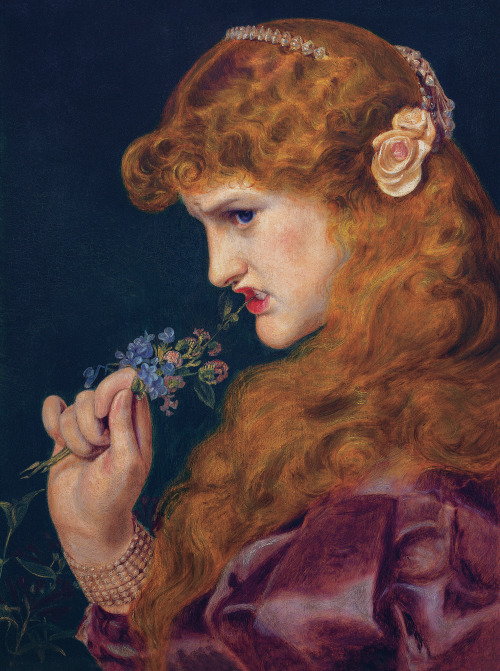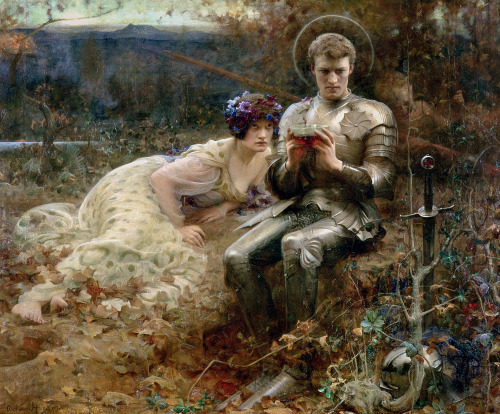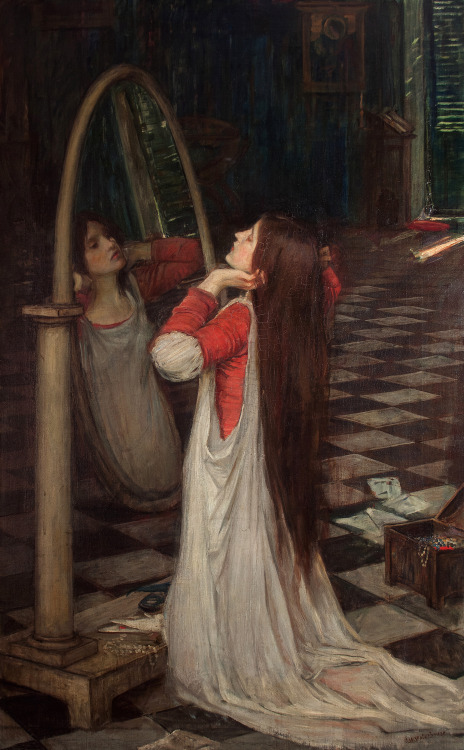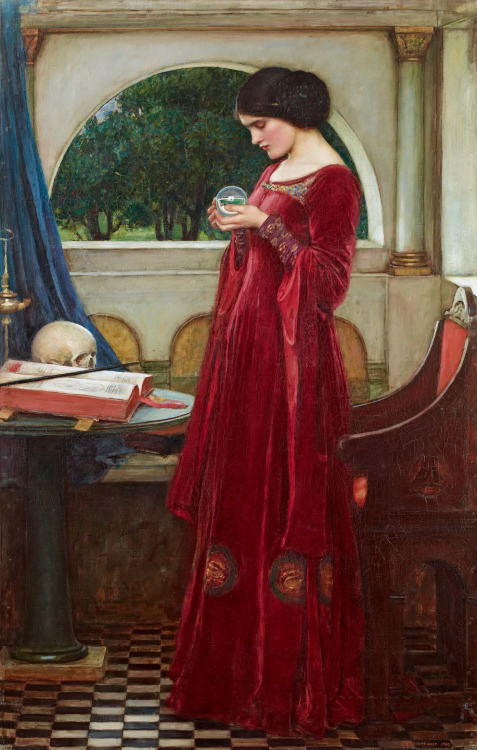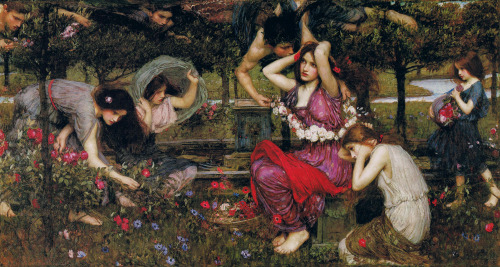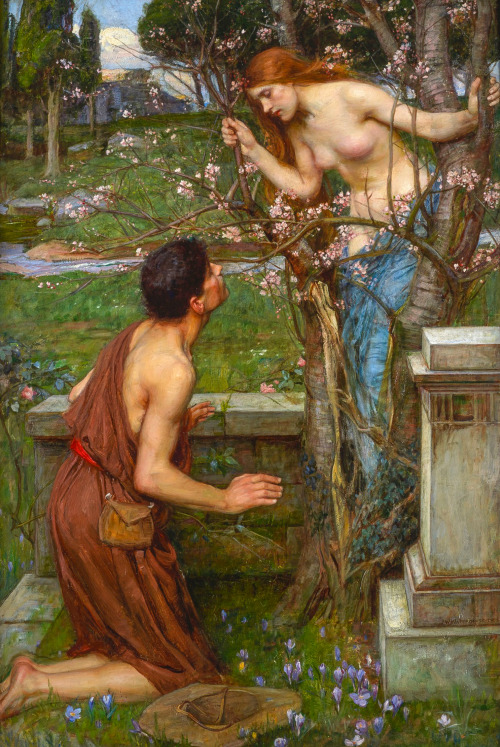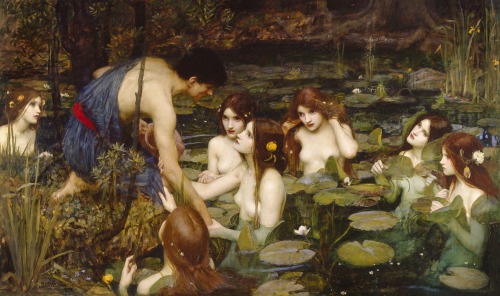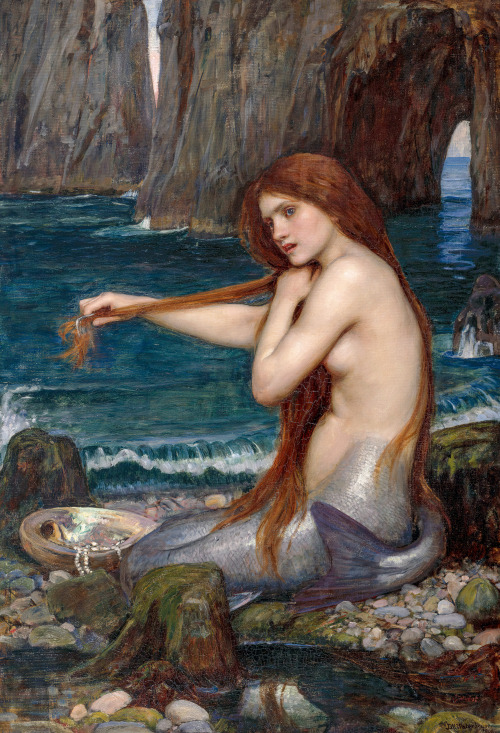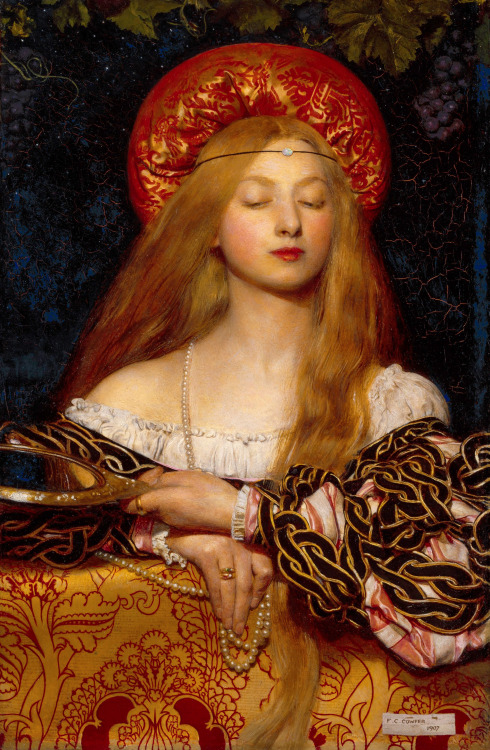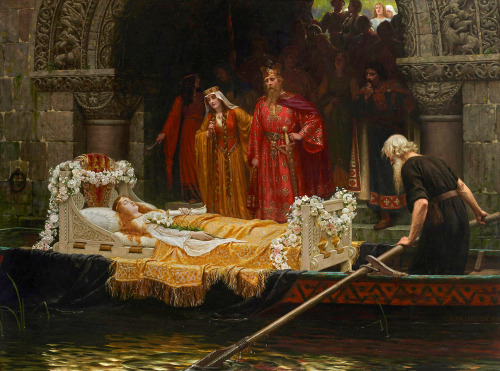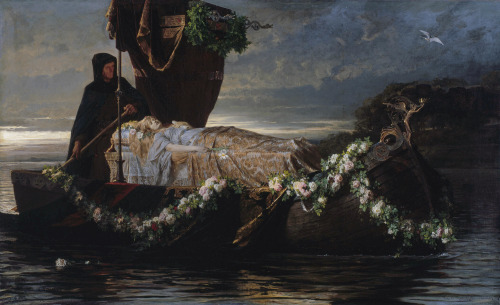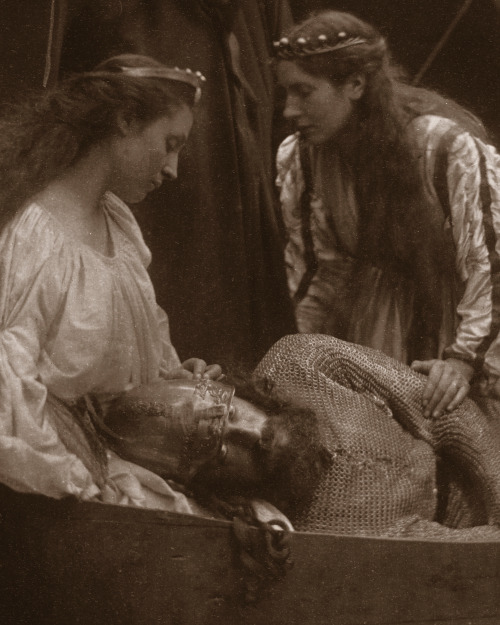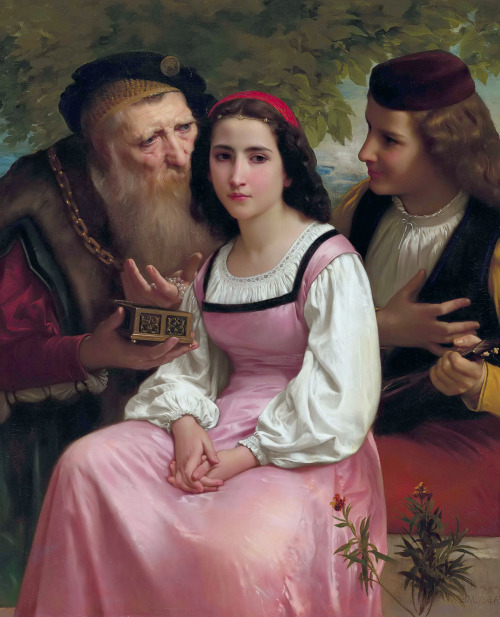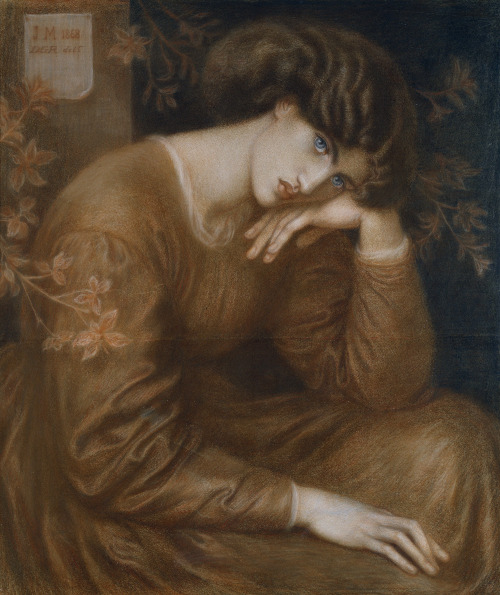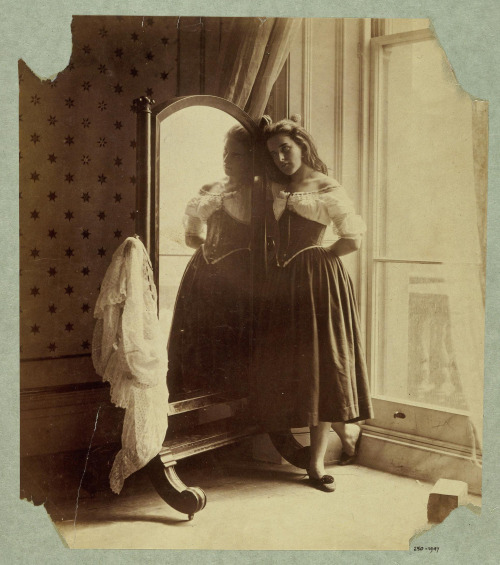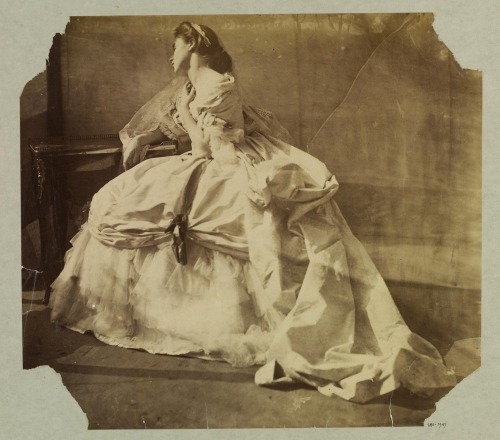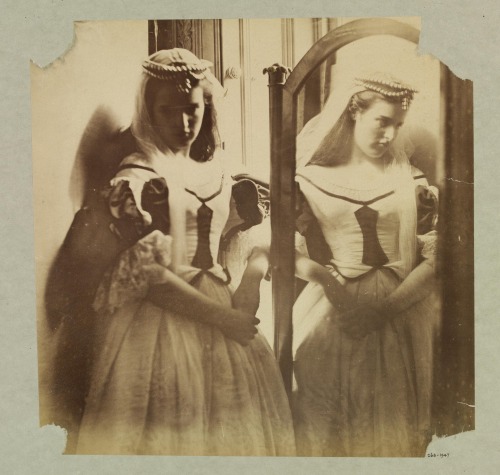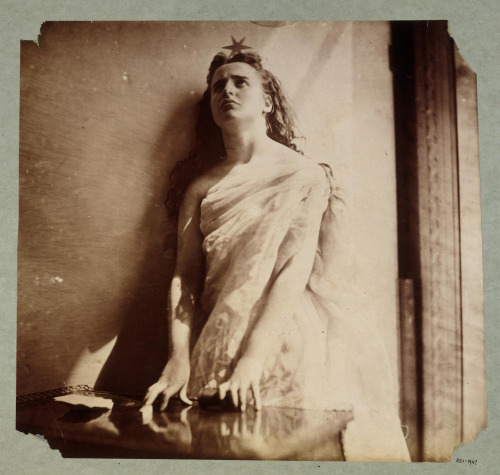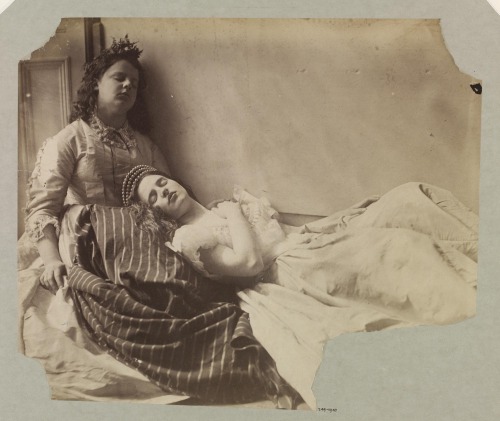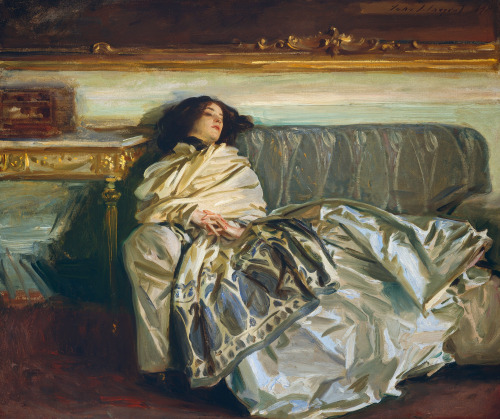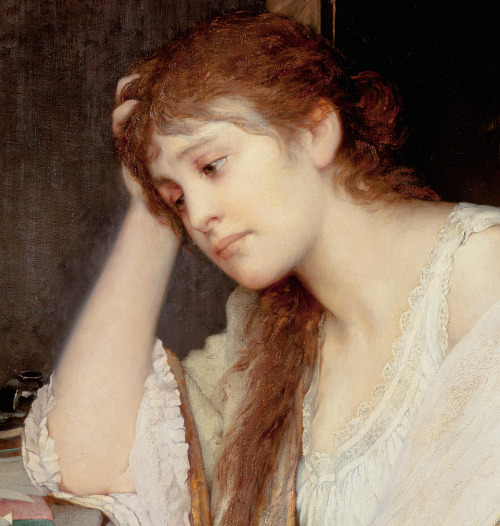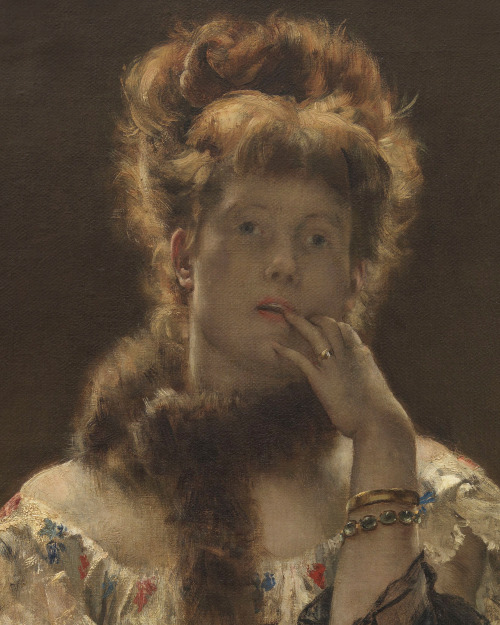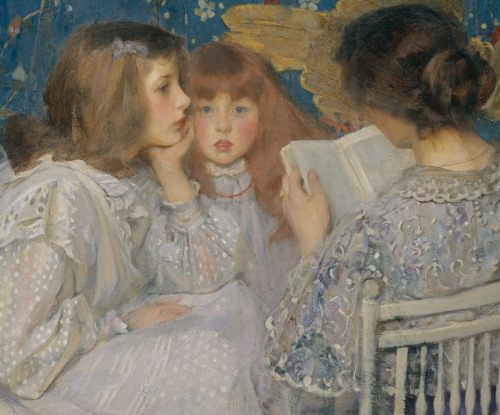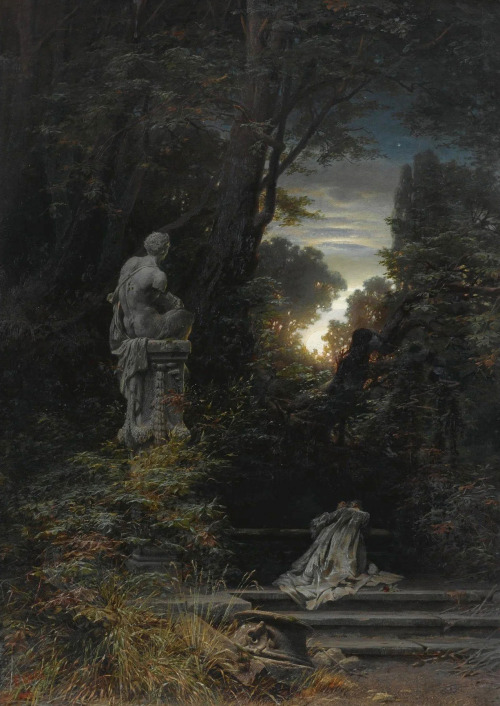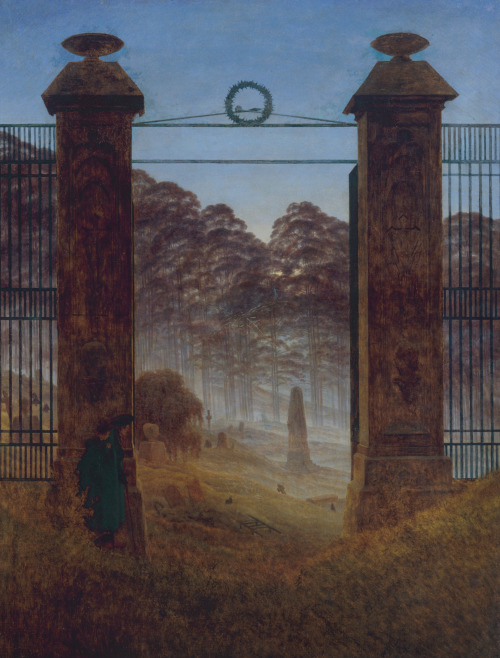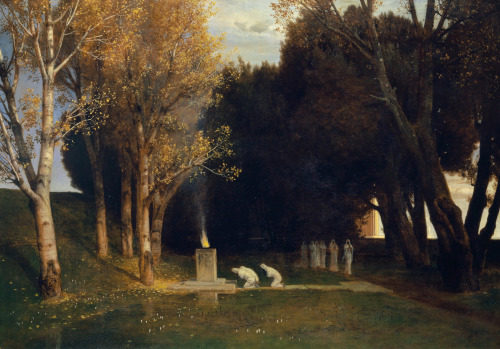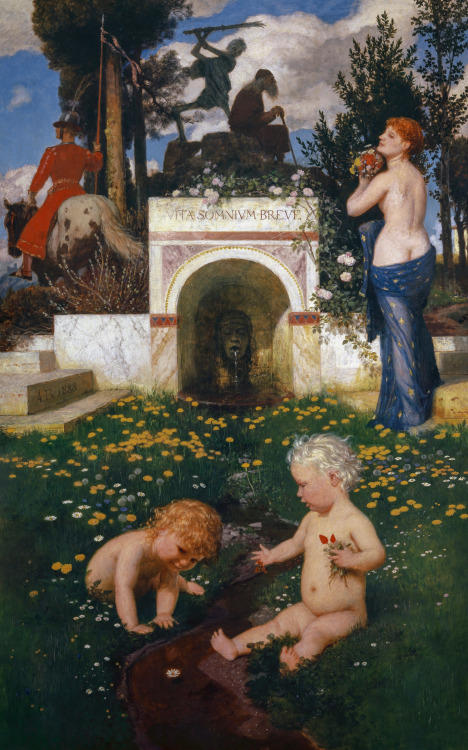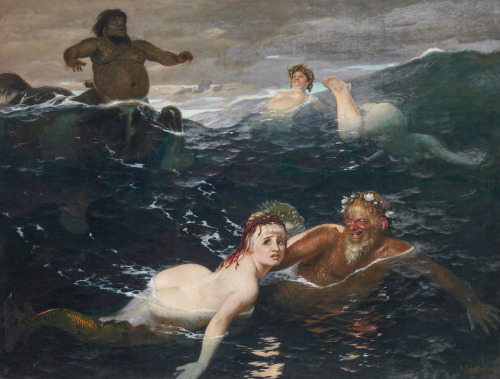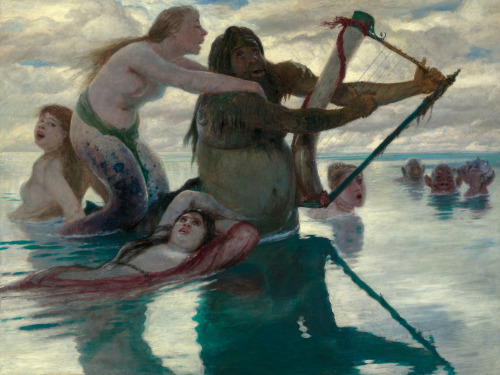#mysterious art century
ThePre-Raphaelite Brotherhood founded in 1848 by seven young artists who banded together against what they felt was an artificial and mannered approach to painting taught at London’s Royal Academy of Arts. Inspired by the theories of John Ruskin, who urged artists to ‘go to nature’, they believed in an art of serious subjects treated with maximum realism. Their principal themes were initially religious, but their later works largely focus on medieval subjects from literature and poetry privileging atmosphere and mood over narrative. Althought disolved in the 1850s, the movement gain a lot of attention and many followers continued to paint in their style.
-
Mysterious Art Century
Instagram-Facebook-Twitter-Pinterest-Shop
Post link
Frank Cadogan Cowper (1877-1958), Vanity, 1907, oil on panel, 57.1 x 38.1 cm. Royal Academy of Arts
-
The subject matter and composition of ‘Vanity’ are derived from Italian Renaissance painting. Cowper has bedecked his youthful beauty with jewels and given her a hand-mirror to signify vanity. She stands before a vine, heavy with ripe grapes, suggestive of abundance and pleasure. Read more
Post link
Elaine of Astolat
Elaine dies of heartbreak. In accordance with her instructions, her body is placed in a small boat, clutching a lily in one hand, and her final letter in the other. She then floats down the river to Camelot, where she is discovered by King Arthur’s court, who call her ‘a little lily maiden’.
-
Mysterious Art Century
Instagram-Facebook-Twitter-Pinterest
Post link
Julia Margaret Cameron (1815-1879), “So like a shatter’d Column lay the King”, 1875, albumen silver print, The J. Paul Getty Museum
Post link
John Collier (1850-1934), The Sleeping Beauty, 1921, oil on canvas, 111.7 x 142.2 cm. In a private collection
Post link
l’amour, 1869, oil on canvas, 106.5 x 89 cm. In a private collection
Post link
Dante Gabriel Rossetti (1828-1882), Reverie, 1868, coloured chalk, 86 x 72 cm. Ashmolean Museum
Post link
John Singer Sargent (1856-1925), Nonchaloir (Repose), 1911, oil on canvas, 63.8 x 76.2 cm. National Gallery of Art
-
The woman in Repose is Sargent’s niece, Rose-Marie Ormond. In keeping with his newfound preference for informal figure studies, Sargent did not create a traditional portrait; rather, he depicted Rose-Marie as a languid, anonymous figure absorbed in poetic reverie. The reclining woman, casually posed in an atmosphere of elegiac calm and consummate luxury, seems the epitome of nonchalance, the painting’s original title. Read more
Post link
Alfred Stevens (1823-1906), The Parisian Sphinx, 1875-1877, oil on canvas, 72 x 52 cm. Royal Museum of Fine Arts Antwerp
-
Beside being renowned for its realism and luminism, The Parisian Sphinx has been described as enigmatic, just as its title. Critics agree in that the apparently realistic painting conceals a hidden meaning. Many point to the “hidden dangers behind feminine tenderness,” and to the figure of the femme fatale. Read more
-
Mysterious Art Century
Instagram-Facebook-Twitter-Pinterest
Post link
Eugène Carrière (1849-1906) was a French Symbolist painter, lithographer, and sculptor known for his atmospheric, monomchromatic style of domestic intimacy scenes and for his portraits of distinguished literary and artistic personalities.
The misty appearance of Carrière’s work was prized by contemporaries tired of precisely detailed and realistic paintings. A critic once compared Carrière’s style to that of his colleague Auguste Rodin, writing, “Rodin paints in marble and Carrière sculpts with shadow.”
-
Mysterious Art Century
Instagram-Facebook-Twitter-Pinterest
Post link
James Jebusa Shannon (1862-1923), Jungle Tales, 1895, oil on canvas, 87 x 113.7 cm. The Metropolitan Museum of Art
-
“Jungle Tales” portrays the artist’s wife reading to their daughter, Kitty, shown in profile, and another child. The painting’s title and date and its London origin suggest that the little group is captivated by Rudyard Kipling’s Jungle Book, which had appeared in 1894. The intensely realistic faces contrast with the decorative patterns of the dottedmuslin and lace costumes and the elaborate design on the brilliant blue backdrop.
-
Mysterious Art Century
Instagram-Facebook-Twitter-Pinterest
Post link
Franz von Lenbach (1836-1904), Self-portrait with wife and daughters, 1903, oil on cardboard, 96 x 122 cm. Lenbachhaus
Post link
John Atkinson Grimshaw (1836-1893), A Wet Road, Knostrop, Yorkshire; 1886, oil on canvas, 76.2 x 63.5 cm. In a private collection
Post link
Ferdinand Knab (1834-1902), A Woman at a Fountain With Rising Moon, 1866, oil on canvas, 125.5 x 91 cm. In a private collection
Post link





